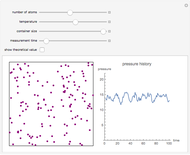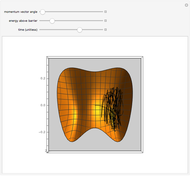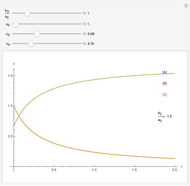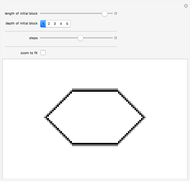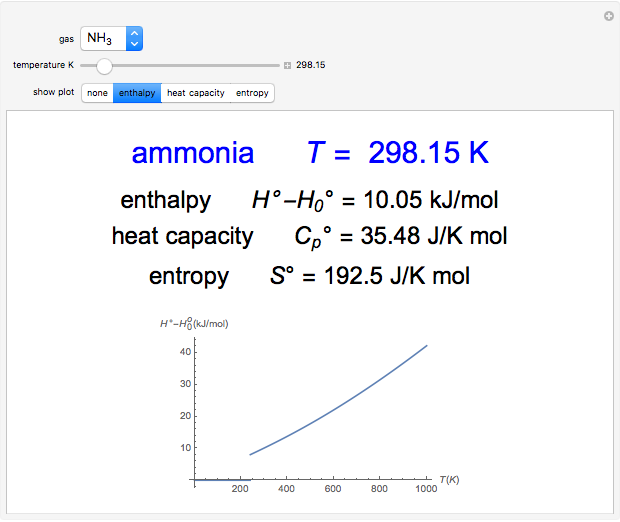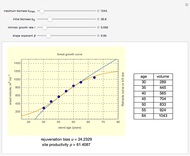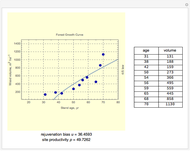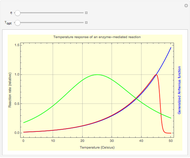Generalized Arrhenius Function

Requires a Wolfram Notebook System
Interact on desktop, mobile and cloud with the free Wolfram Player or other Wolfram Language products.
How a chemical reaction depends on temperature is often parameterized by the Arrhenius function (blue line). Enzyme-mediated reactions respond to temperature in a more complicated manner: high temperatures reduce the catalytic effect exerted by the enzymes (red line). The optimal temperature ( ) is not always close to the temperature of enzyme denaturing. The temperature response of photosynthesis, for example, is often drawn as a bell-shaped curve (green line). This type of temperature response can be modeled with the generalized Arrhenius function, if
) is not always close to the temperature of enzyme denaturing. The temperature response of photosynthesis, for example, is often drawn as a bell-shaped curve (green line). This type of temperature response can be modeled with the generalized Arrhenius function, if  .
.
Contributed by: Georgii Alexandrov (March 2011)
Open content licensed under CC BY-NC-SA
Snapshots
Details
The generalized Arrhenius function is designed to describe the effect of temperature on enzyme activity. It parametrizes the temperature response in terms of activation energy, optimal temperature ( ), and the ratio (
), and the ratio ( ) between the levels of activation energy above and below the optimal temperature, as follows:
) between the levels of activation energy above and below the optimal temperature, as follows:

where  is the normalized Arrhenius function (
is the normalized Arrhenius function ( at the optimal temperature).
at the optimal temperature).
Further readings:
G. A. Alexandrov and Y. Yamagata, "A Peaked Function for Modeling Temperature Dependence of Plant Productivity," Ecological Modelling, 200(1–2), 2007 pp. 189–192.
Permanent Citation









